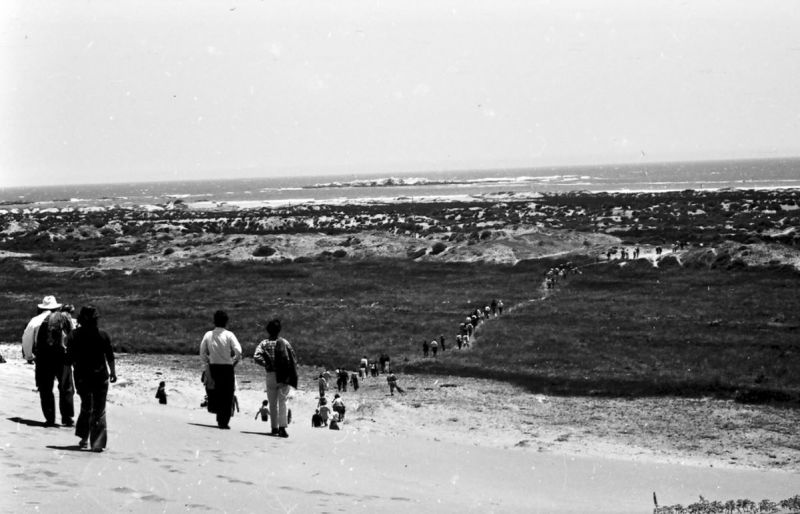Fig.
1a - Friedrich Fröbel: Gift no. 6 and pedagogical table taken
from Wiebè E., Paradise of Childhood.
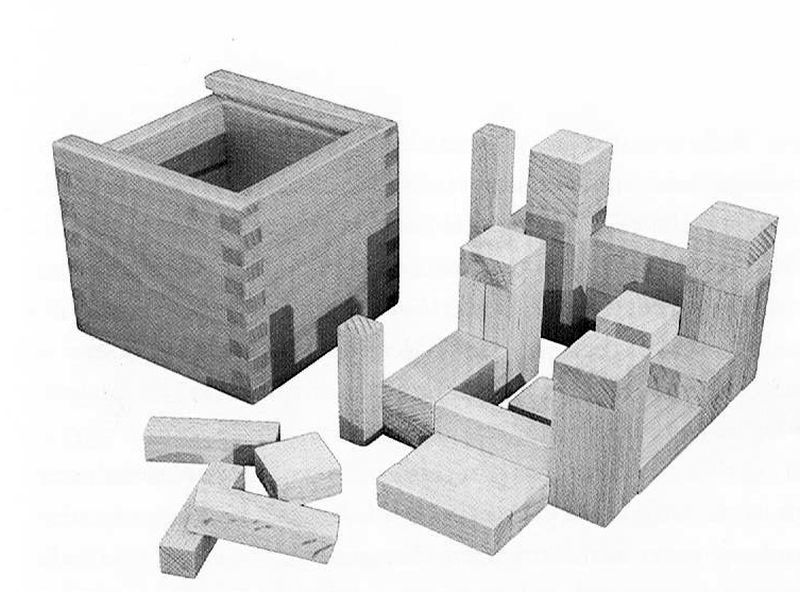
Fig.
1b - Friedrich Fröbel: Gift no. 6 and pedagogical table taken
from Wiebè E., Paradise of Childhood.
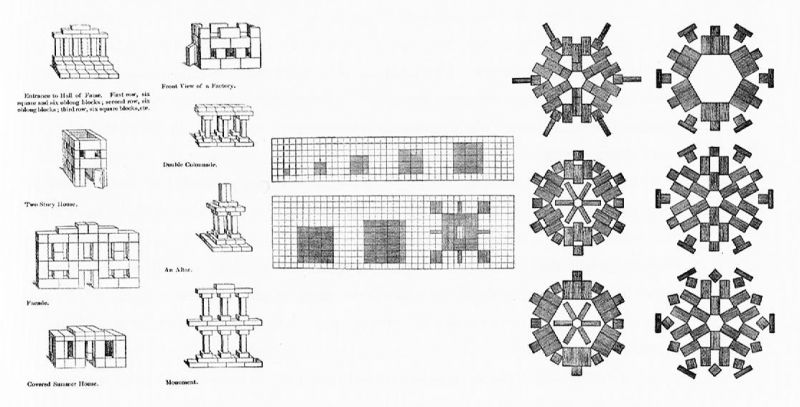
Fig.
2 - Joan Serrapica, Musical Instrument: Wind-up mechanical monkey,
1979-80, Cooper Union.
Courtesy of The Irwin S. Chanin School of Architecture Archive.

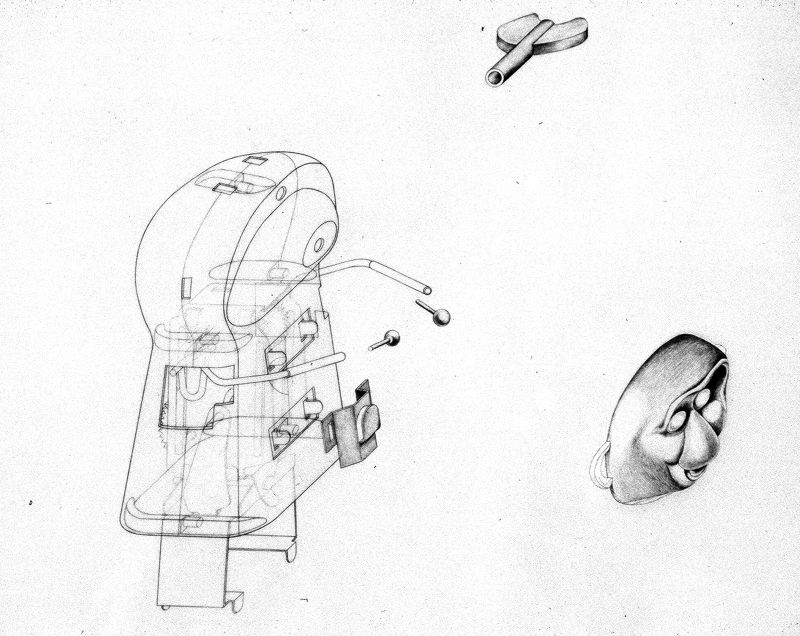
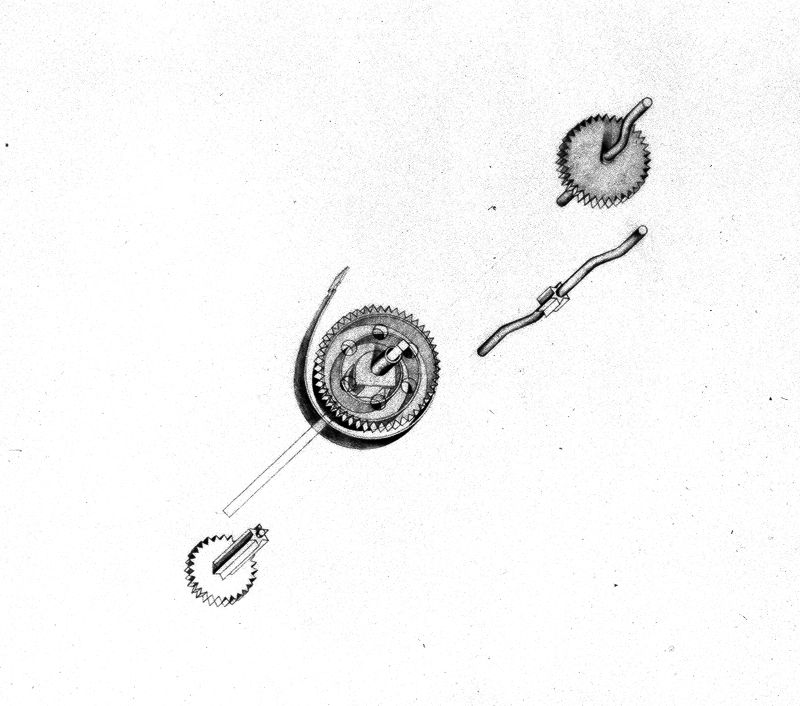
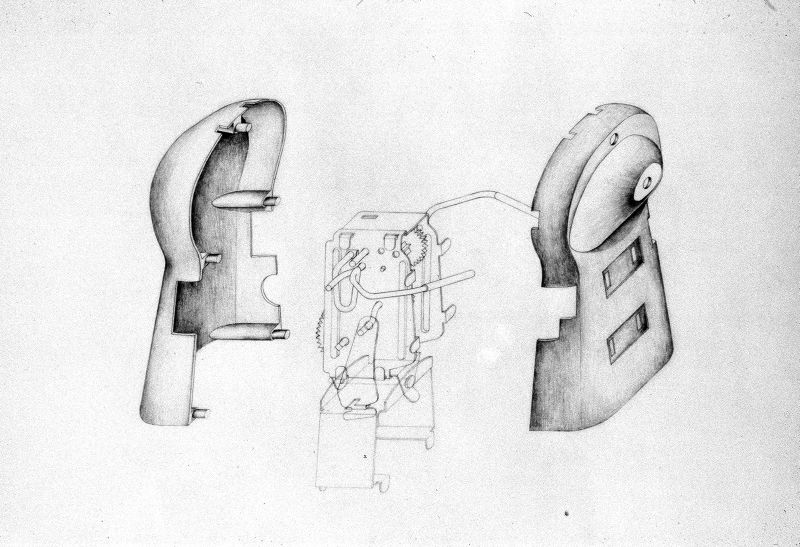
Fig.
3-4 - John Hejduk, The Nine Square Grid Problem, 1954-1963.
John Hejduk Fonds, Canadian Centre for Architecture CCA,
Montréal.
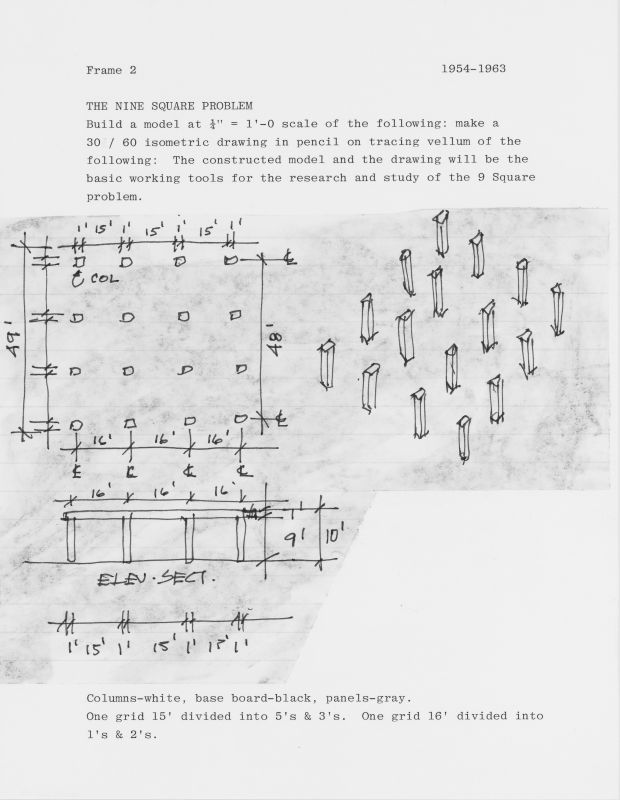
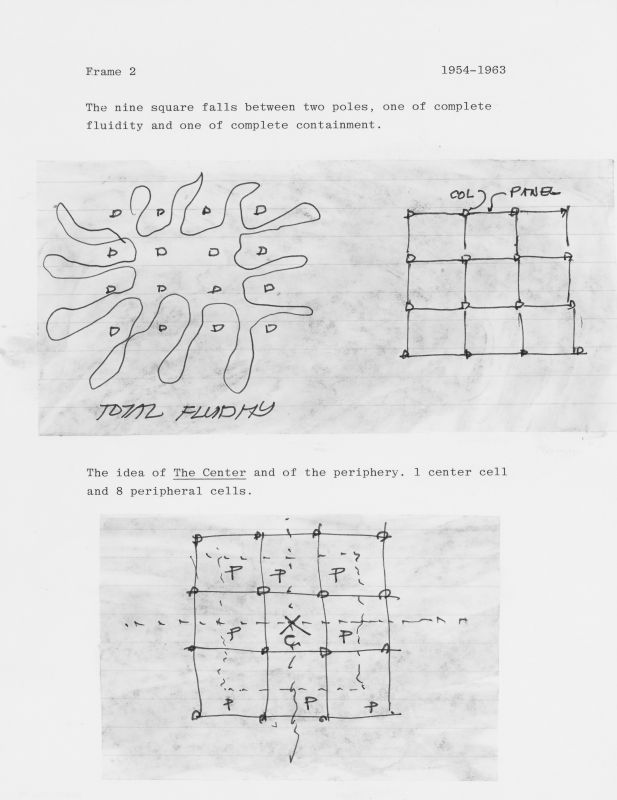
Fig.
5 - Lorna McNeur, photo of the model of the Nine Square Grid Problem,
project developed during the course of the first year Architectonics,
1976-1977.
Teachers: Roger Canon, Sean Sculley, Chester Wisniewski, Robert
Slutzky, Susana Torre. Courtesy of The Irwin S. Chanin School of
Architecture Archive.
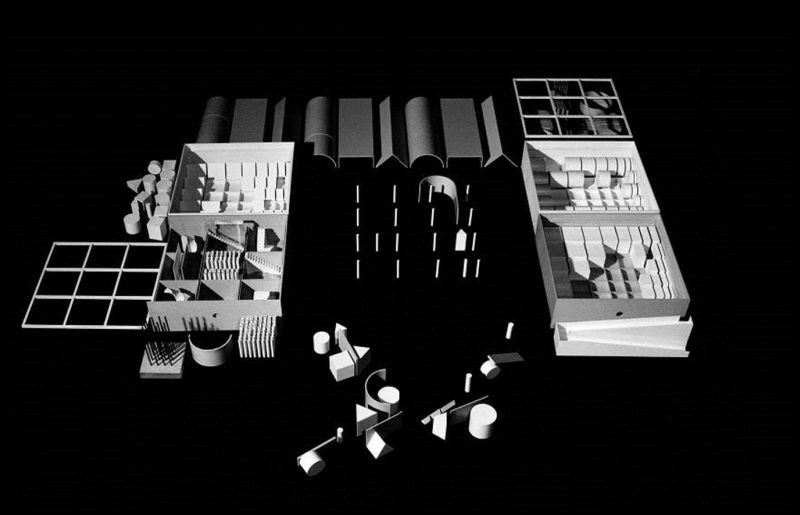
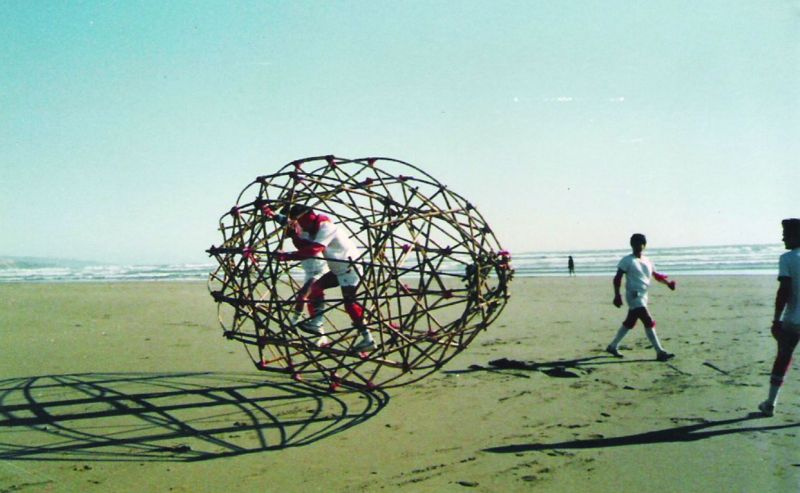
Fig.
6 - Tournament of the Body Culture Course: Edros y Oides, Playa de
Ritoque, Quintero, 1979. José Vial Historical Archive, PUCV,
Valparaíso.
Fig.
7 - Tournament of the Body Culture Course: Edros y Oides, Playa de
Ritoque, Quintero, 1979. José Vial Historical Archive, PUCV,
Valparaíso.
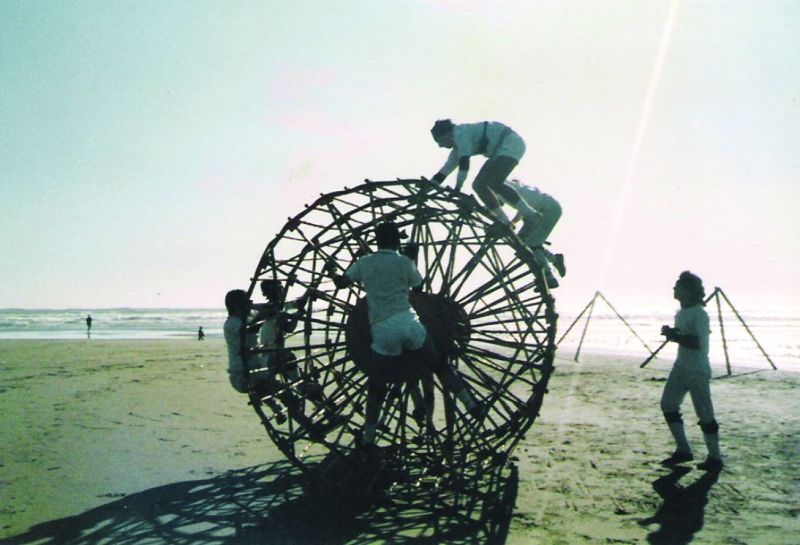
Fig.
8 - Poetic act of opening the lands of the Open City, 1970.
José Vial Historical Archive, PUCV, Valparaíso.
